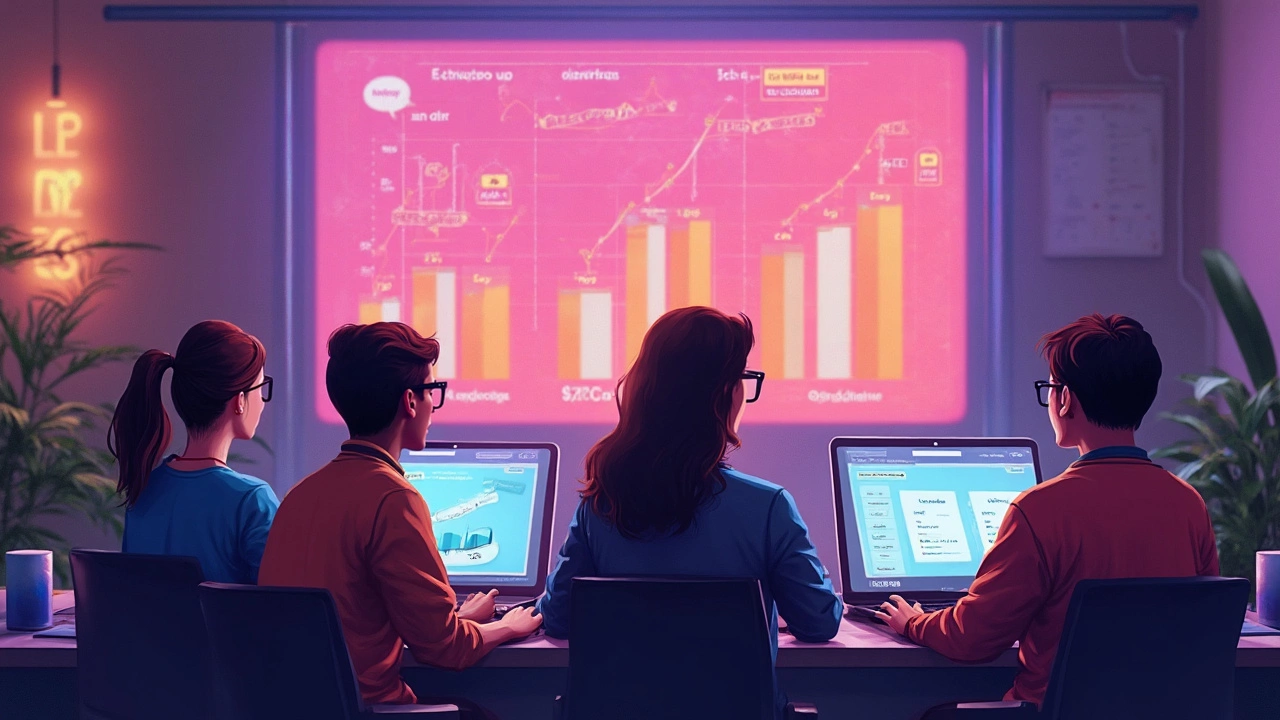Teach Online: How to Reach Indian Students with Digital Chemistry Lessons
When you teach online, delivering chemistry lessons through digital platforms to students across India. Also known as digital instruction, it’s no longer optional—it’s the new normal for reaching students in tier-2 cities, rural areas, and busy urban homes where coaching centers are out of reach. Millions of Indian students now learn chemistry through screens, not just chalkboards. Whether they’re preparing for CBSE exams, JEE, or NEET, they need clear, structured, and engaging content that fits into their daily routines. And if you’re a teacher, tutor, or institution, teaching online isn’t just about recording videos—it’s about building trust, consistency, and results in a crowded digital space.
Successful online teaching, the practice of delivering education remotely using video, quizzes, and live sessions. Also known as remote instruction, it requires more than just a good internet connection. It demands a deep understanding of what Indian students actually struggle with: time management, lack of personalized feedback, and confusing syllabus jumps. You can’t just upload a lecture and hope for the best. Top-performing teachers use bite-sized lessons—10 to 15 minutes max—focused on high-yield topics like electrochemistry, chemical bonding, or organic reaction mechanisms. They build daily habits into their lessons, like quick warm-up quizzes or real-life examples (like how vinegar reacts with baking soda) that stick in memory. And they know that for NEET aspirants, clarity beats complexity every time. The tools matter too. Platforms that let students pause, rewind, and test themselves—like those used by top NEET coaching institutes—outperform generic Zoom sessions. Students don’t need flashy animations. They need repetition, practice, and someone who answers their questions fast.
What makes teaching chemistry online different in India? It’s the syllabus. CBSE and state boards follow NCERT closely, so your lessons must align with those pages. If you’re teaching physical chemistry, don’t skip the derivations—they’re exam gold. If you’re teaching organic, focus on named reactions and flowcharts. Students aren’t looking for theory for theory’s sake. They want to know: What will be on the test? And how do I solve it fast? The best online teachers don’t just explain—they predict. They know which chapters are most scoring, which topics trip up 80% of students, and which mistakes cost marks in JEE. They use data from past papers, not just textbooks.
And it’s not just about content. It’s about connection. A student in Jharkhand needs to feel like you’re teaching just for them. That means using simple Hindi-English mix when needed, avoiding jargon, and responding to comments. The most successful online educators aren’t the ones with the fanciest setup—they’re the ones who show up every day, answer questions, and care enough to fix what doesn’t work.
Below, you’ll find real examples from teachers and institutions that cracked the code. From how Aakash builds digital materials to why some NEET tutors earn more teaching online than in physical centers, these posts show what actually works—not what sounds good on paper. Whether you’re just starting out or trying to improve, you’ll find practical steps, tools, and strategies that fit the Indian classroom—no matter where it is.
Which Learning Platform Pays the Most? Real Numbers and Surprises
May, 15 2025
Wondering which e-learning sites put the most money in creators’ pockets? This article cuts through the hype, comparing what top platforms like Udemy, Skillshare, and Teachable really pay instructors in 2025. You’ll get straight numbers, real-world examples, and tips for boosting your earnings. Whether you’ve got a big online following or you’re just starting, this guide gives clear advice on where to focus. Stop guessing and get the facts first.

